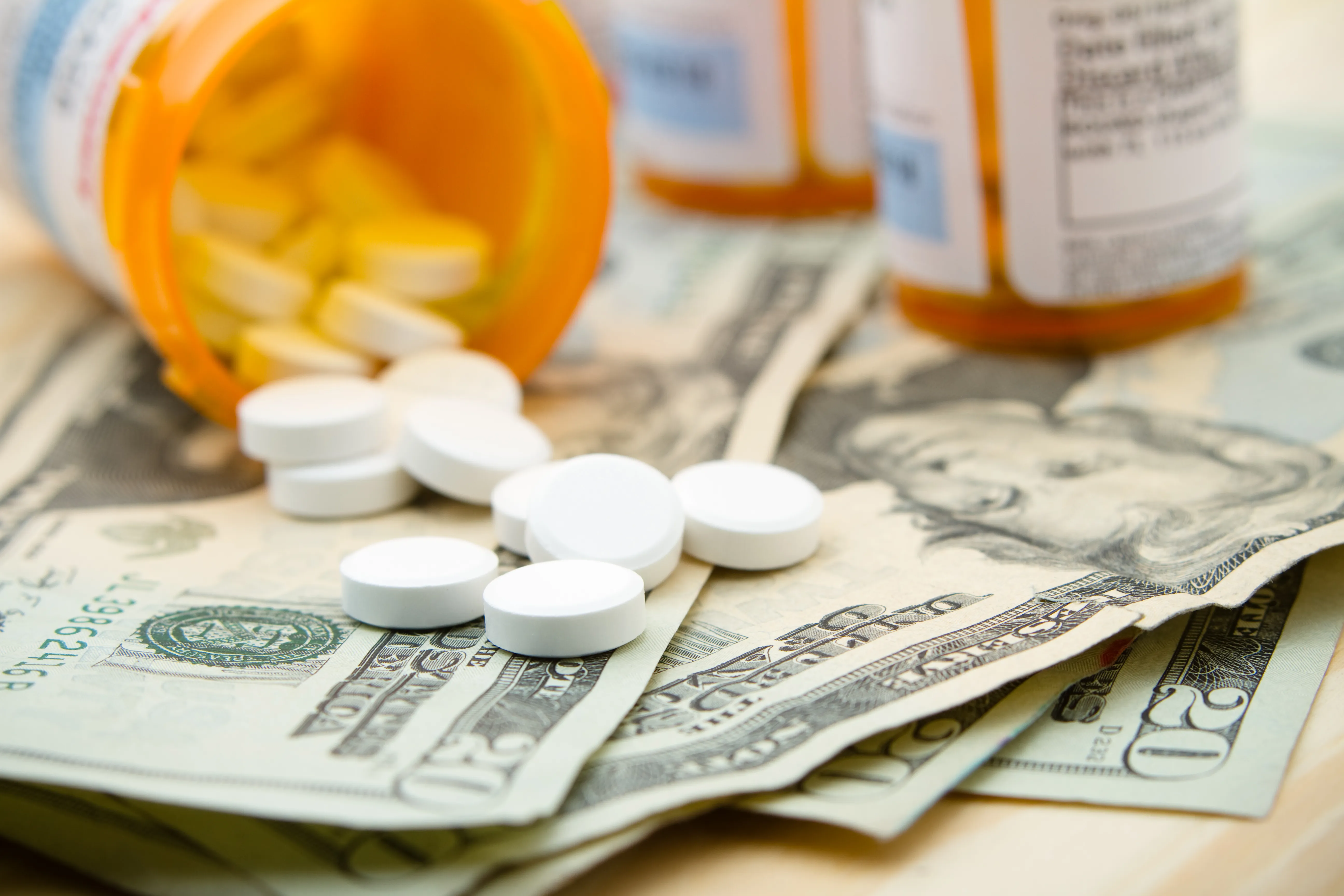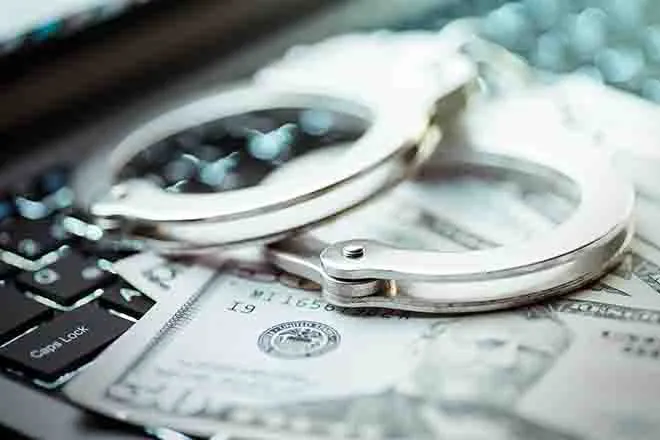
Dear Dietitian – Tackling the challenges of diabetes and insulin costs
Dear Readers,
Chances are you know someone who has diabetes. According to the Centers for Disease Control, nearly 30 million Americans have the disease. With type 1 diabetes, the pancreas no longer secretes insulin, so the patient must take insulin shots. In type 2 diabetes, the pancreas secretes insulin, but not enough to keep blood sugars under control, or the body cannot use it efficiently. People with type 2 diabetes sometimes take insulin in addition to oral medication.
As with any chronic illness, there are costs associated with management, and many people who have diabetes must take insulin to maintain a healthy lifestyle. Rapid-acting insulins, such as insulin aspart, are commonly prescribed, and their cost has nearly tripled in the last decade.
Due to the rising cost of insulin, some people with diabetes are rationing their insulin, which is dangerous. If a person knew his heart would stop beating if he didn’t take his medication as prescribed, he would certainly understand the seriousness of his condition. However, with diabetes, the damage to the body from high blood sugars is not readily apparent. Related complications include kidney disease, blindness, loss of limbs, and nerve damage. Even more disastrous, if someone has type I diabetes and does not take the right amount of insulin, elevated blood sugars may lead to diabetic ketoacidosis (DKA). DKA occurs when there is not enough insulin in the body. The body, in turn, will burn fat for energy, but this process is inefficient, causing a buildup of ketones. Ketones cause the blood pH to be acidic, a condition in which the body cannot survive. If left untreated, DKA may lead to coma and death.
There is a solution. Other types of insulin, like human regular or NPH, are much less expensive but still effective in controlling blood sugar levels. When using regular or NPH, it is important to be consistent in your carbohydrate intake and to eat at regular mealtimes. You may also need planned snacks to avoid low blood sugars.
There are less expensive ways to obtain medical treatment for diabetes. According to the American Diabetes Association, there are local community health clinics and pharmacies in your area. These clinics are generally free to patients or require a small fee. Go to https://findahealthcenter.hrsa.gov/ or http://www.nafcclinics.org/find-clinic to find a clinic in your area. These clinics often have a Registered Dietitian Nutritionist on staff to help you with meal planning.
There is also help available to pay for insulin. Most pharmaceutical companies offer financial assistance programs if you can’t afford your medication. There are programs to assist those who do not have insurance to obtain their medications at little or no cost. One such program is Medical Assistance Tool (medicineassistancetool.org). The American Diabetes Association also offers information on medication assistance. Visit diabetes.org or call them at 1-800-342-2383.
Until next time, be healthy!
Dear Dietitian


















